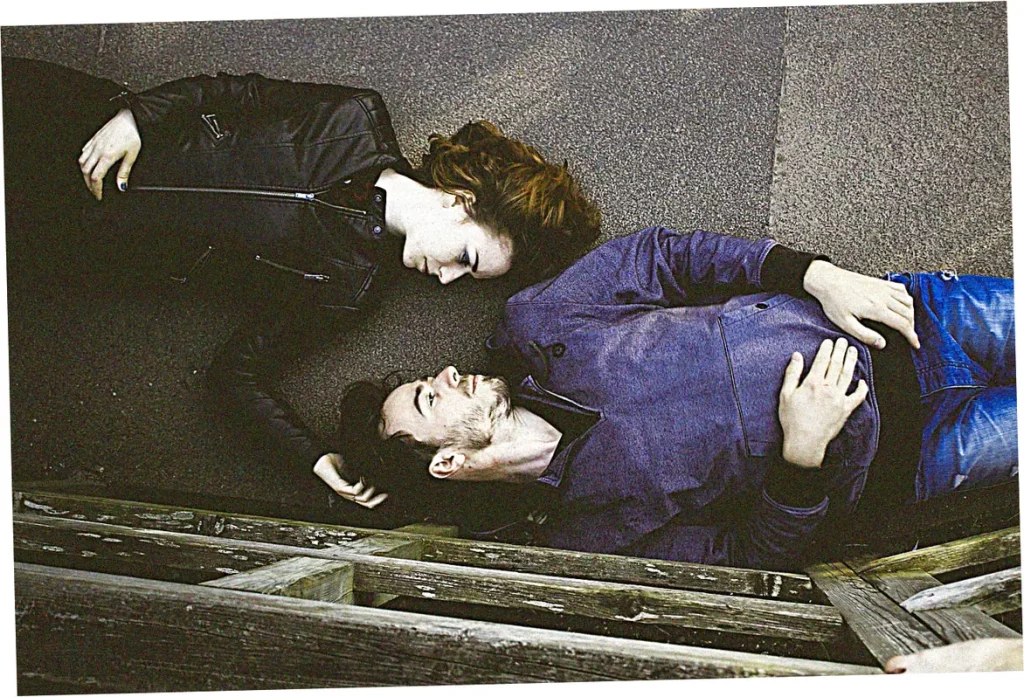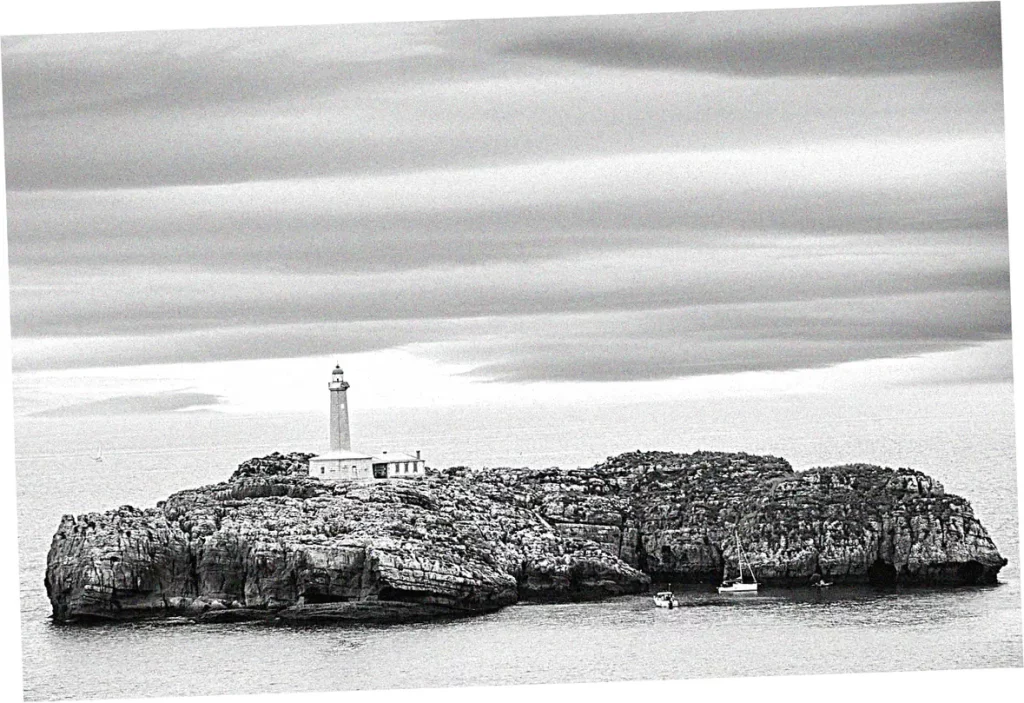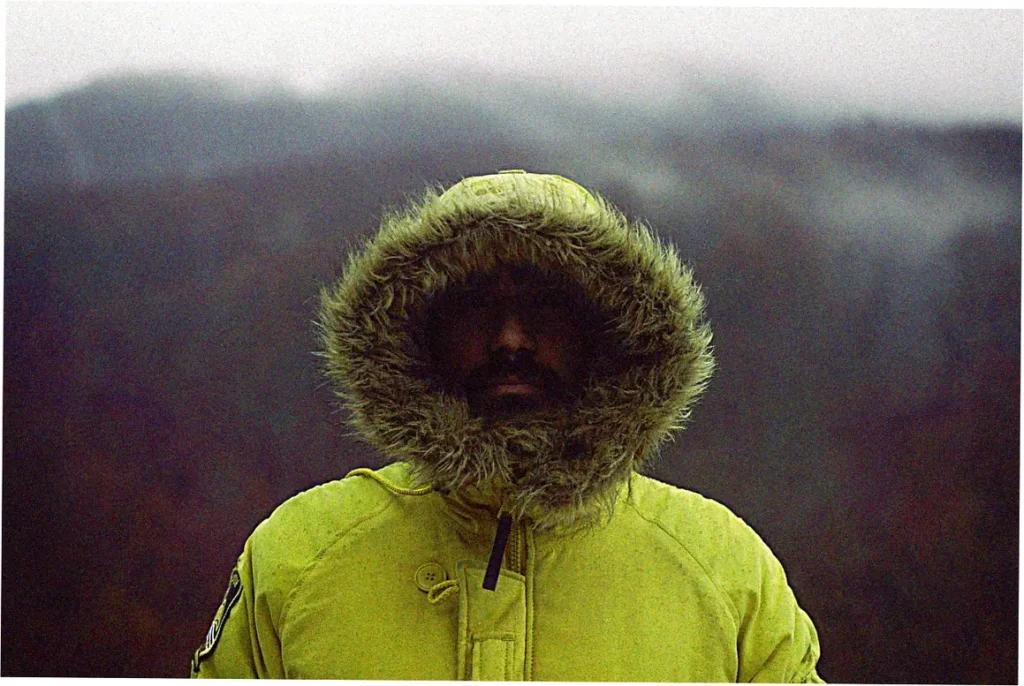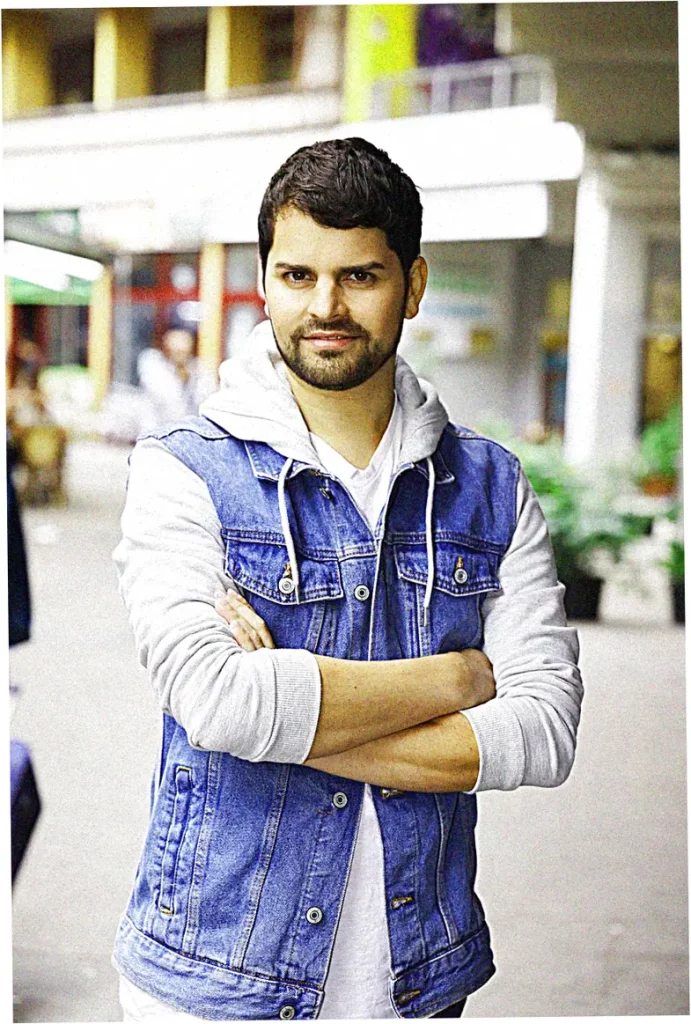Looking for a men’s silent down jacket? You probably want more than just warmth. You need a coat that stays quiet when you move, giving you peace and comfort whether you’re commuting in the city or hiking in the wild. Along with that noiseless performance, people often wonder about style—like are long puffer coats still stylish?—and value, like is the 32 Degrees Heat Jacket really worth the money? It’s also key to get the tech specs down, like what’s the REI 650 down jacket temperature rating, so you can make a smart choice. This guide digs into all that, helping you pick a jacket that’s not just silent, but also warm, reliable, and good-looking.
Here’s what we’ll cover:
- What exactly is a silent down jacket? It’s more than just warmth.
- What to look for in a quality jacket.
- How to style your silent puffer—from city streets to the slopes.
- Making sense of performance and temperature ratings.
- Comparing top brands and models.
- How to take care of your jacket so it lasts.
- Wrapping up with our top picks.
- Frequently asked questions.
What makes a silent down jacket? It’s not just about warmth.
So, what makes a jacket silent?
You know that swishing sound from most puffer jackets? That comes from stiff nylon fabrics. But a men’s silent down jacket uses softer stuff, like polyester taffeta or fine cotton blends. These materials move quietly, no annoying sounds.
The down inside needs to be top-notch and well-baffled too. This stops it from shifting around and making noise. It’s all a smart design for guys who want to be discreet. Perfect for the office, a theater, or the outdoors. The best winter gear doesn’t have to be loud.
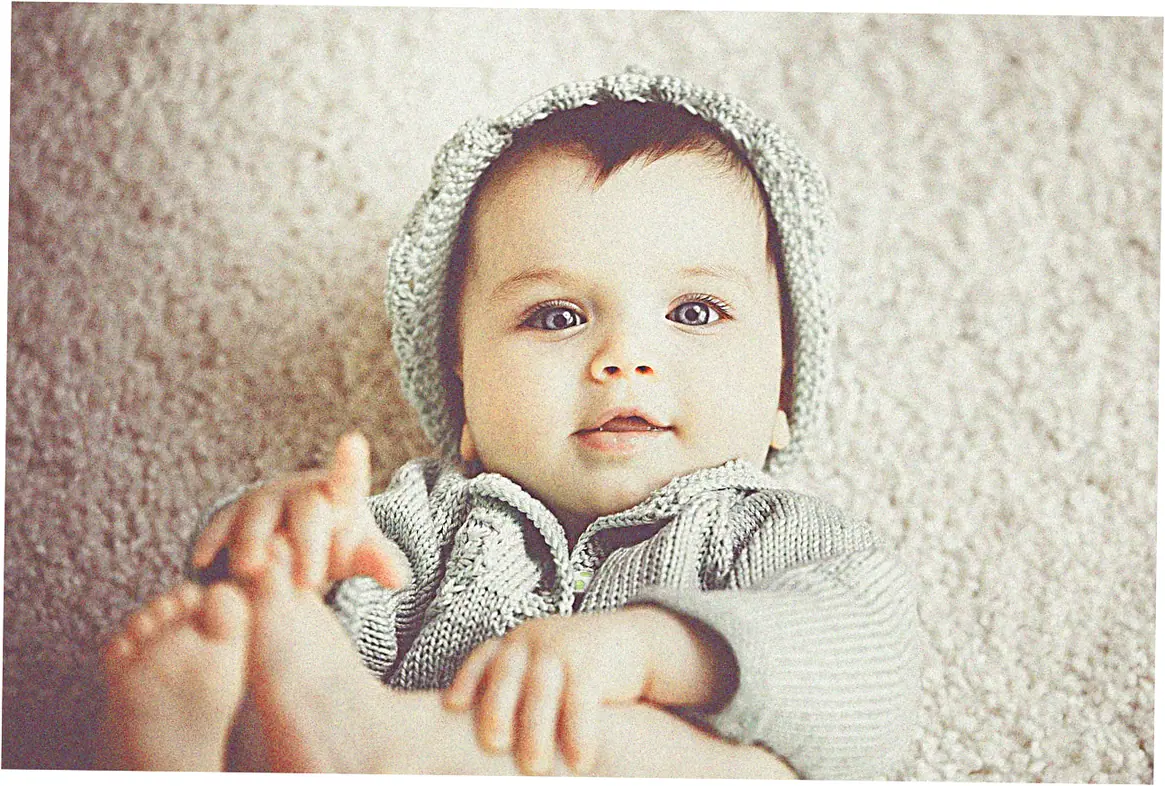
And the benefits go way beyond just being quiet.
Choosing a noiseless puffer coat gives you more than just peace and quiet. Those same soft, quiet fabrics feel great on your skin. You might not even need an extra layer underneath. They’re also tougher against the wind and everyday use.
Plus, this focus on quiet design often means a sharper look. It’s less technical, so you can wear it hiking on Saturday and to the office on Monday. It’s super versatile.
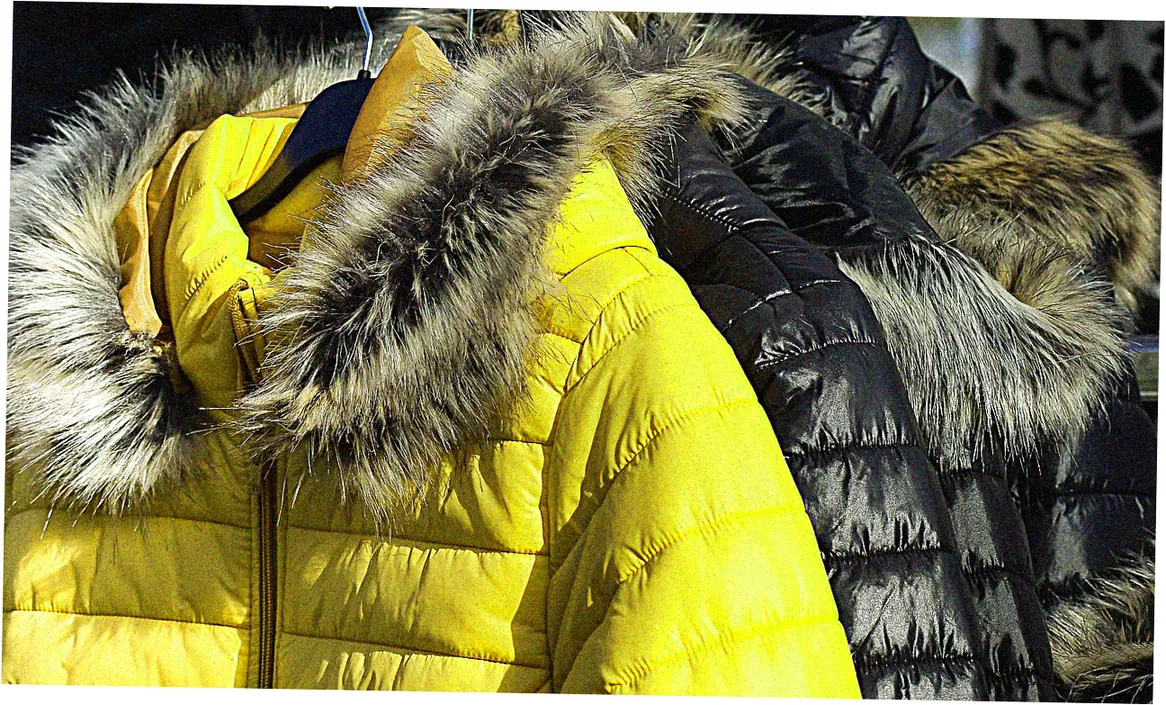
Key Features to Look For in a Quality Jacket
Insulation Type: Down vs. Synthetic
What really makes a winter coat work is its insulation. Take high-fill-power down, like a 650-fill-power jacket. It’s unbeatable for warmth without weight and packs down super small. Perfect for brutal cold or when you’re on the move.
But top synthetic fills, think PrimaLoft® Gold, are catching up fast. They actually work better if they get wet and won’t cause allergies. If you want a silent down jacket, how it’s built is everything.
Box baffles stop cold spots but add bulk. Sewn-through stitching is lighter, though it might let a draft sneak in. So your pick really comes down to where you’ll be and what you’ll be doing.

Fabric Technology and Durability
The outer shell isn’t just about noise. It also decides how well it stands up to weather and how long it’ll last. You’ll want a DWR treatment. That makes light rain and snow just bead up and roll right off.
For really nasty weather, you need something fully waterproof and breathable, like Gore-Tex. Just a heads-up, it can sometimes make a slight swishing sound. Ripstop nylon is a great choice. It’s light, tough, and doesn’t make much noise.
Always check the denier rating. A higher number, say 40D, means a tougher fabric that resists scrapes. That’s key for a jacket that’ll last you for years.
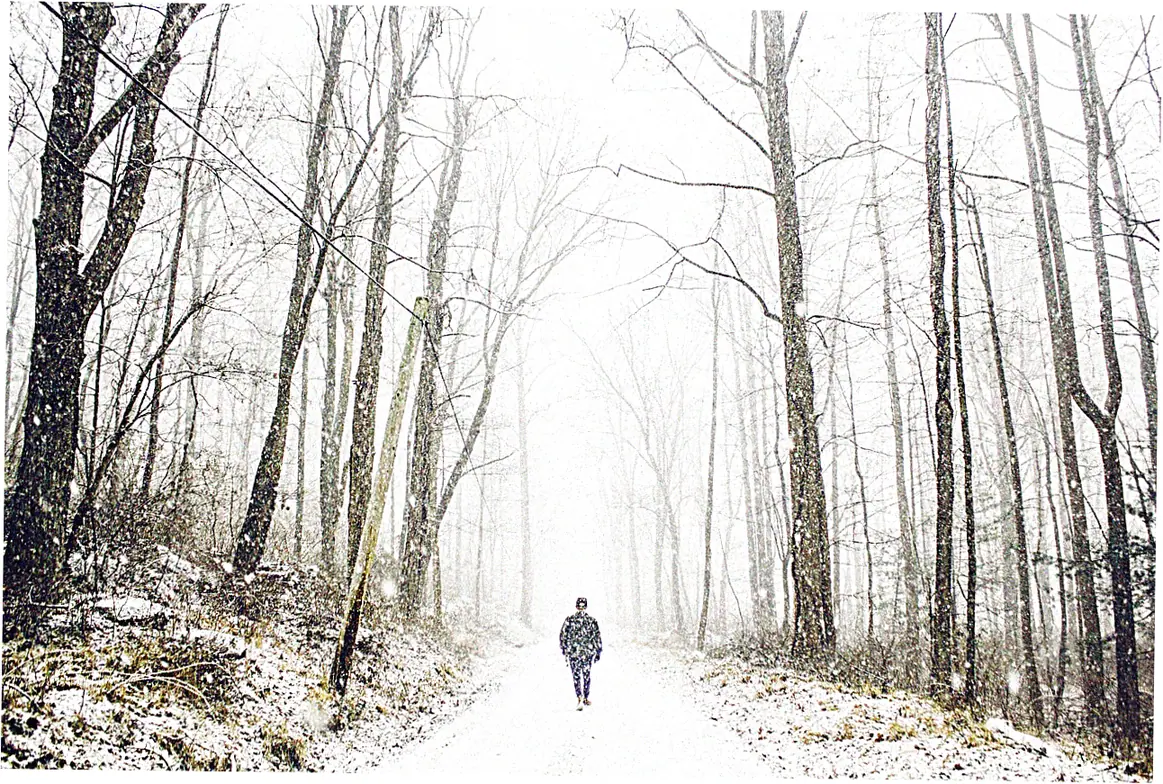
How to style your silent puffer jacket, from streetwear to slopes.
So, are long puffer coats stylish? Absolutely yes.
Fashion influencers and city guys alike have all given a big yes to that question. A long silent down jacket keeps your core super warm and gives you a sleek, clean look.
You can pair it with slim jeans and leather boots for a sharp casual style, or just throw it over a hoodie for a cool, utilitarian feel. The trick is getting the proportions right—make sure it fits well
in the shoulders and isn’t too wide, so you don’t look bulky. Plus, that silent fabric just makes it look more polished, which is why it’s such a win for winter fashion.
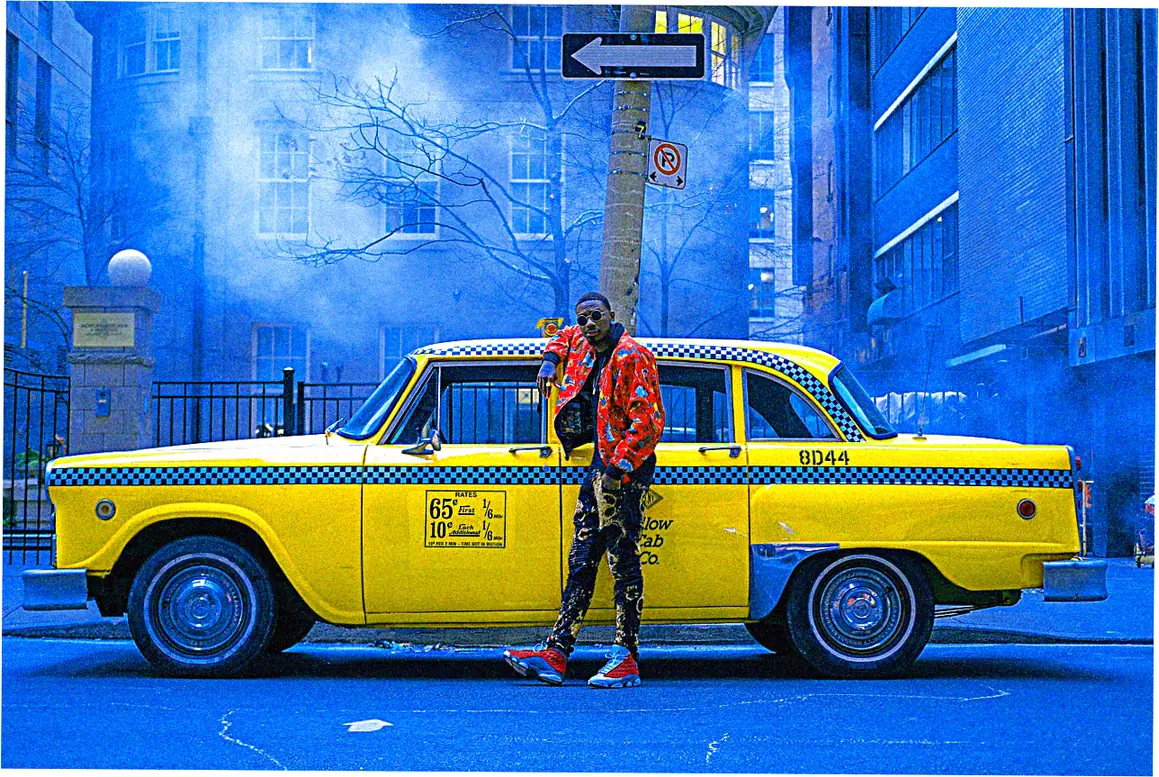
Now, let’s talk colors and fit for modern trends.
Black and navy are always safe, but these days, guys are also rocking earthy colors like olive green, burgundy, and muted ochre—it’s a stylish way to stand out.
Fit is everything: go trim for a modern vibe, or regular if you want to layer more underneath. And if you want max versatility, get one with a two-way zipper—you can adjust the bottom hem for easier movement
when you sit or walk through crowds. Little details like that turn a basic coat into a real style statement.
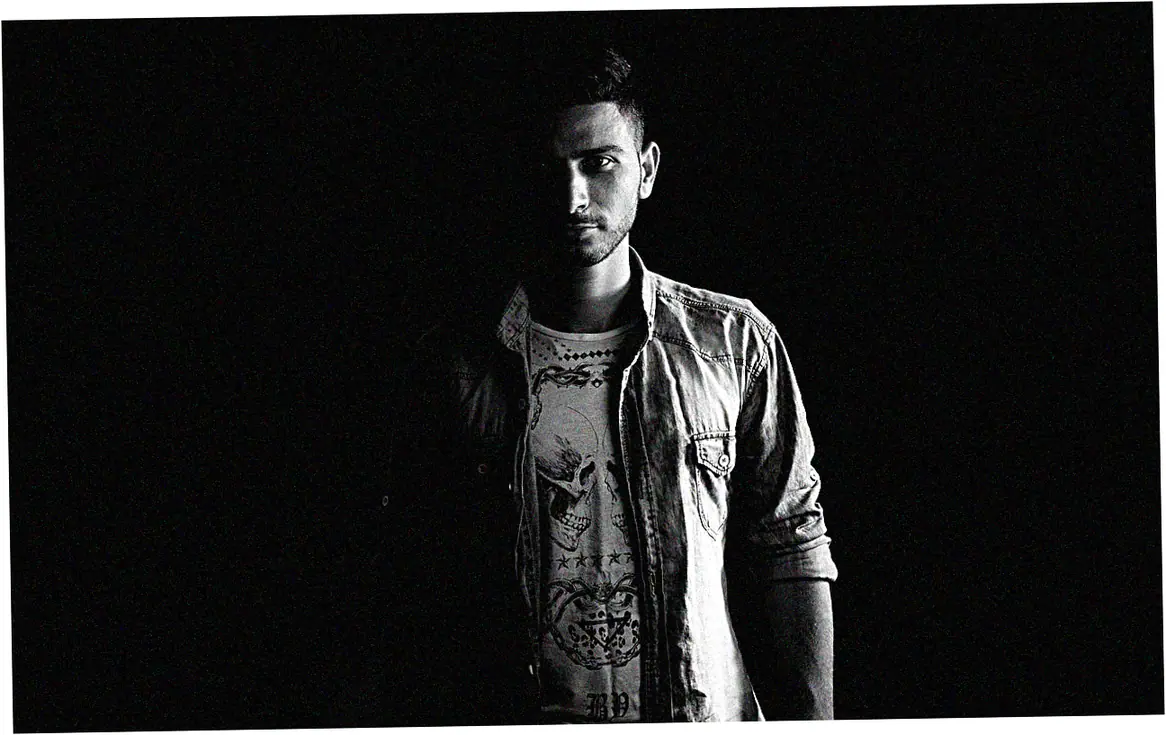
Let’s break down performance and temperature ratings.
First up, understanding fill power and weight.
Don’t let terms like rei 650 down jacket temperature rating scare you off. Fill power just measures how fluffy the down is – that’s the volume per ounce. A higher fill power, say 800 or more, means the down traps more air but weighs less.
So you get top-notch warmth and it packs down super small. A men’s silent down jacket with 650 fill power? That’s usually good for around -10°C to -20°C (14°F to -4°F). But it really depends on the shell fabric and how it fits you.
The other big thing is the total insulation weight. More ounces of down equals a warmer jacket, but it’ll also be heavier.
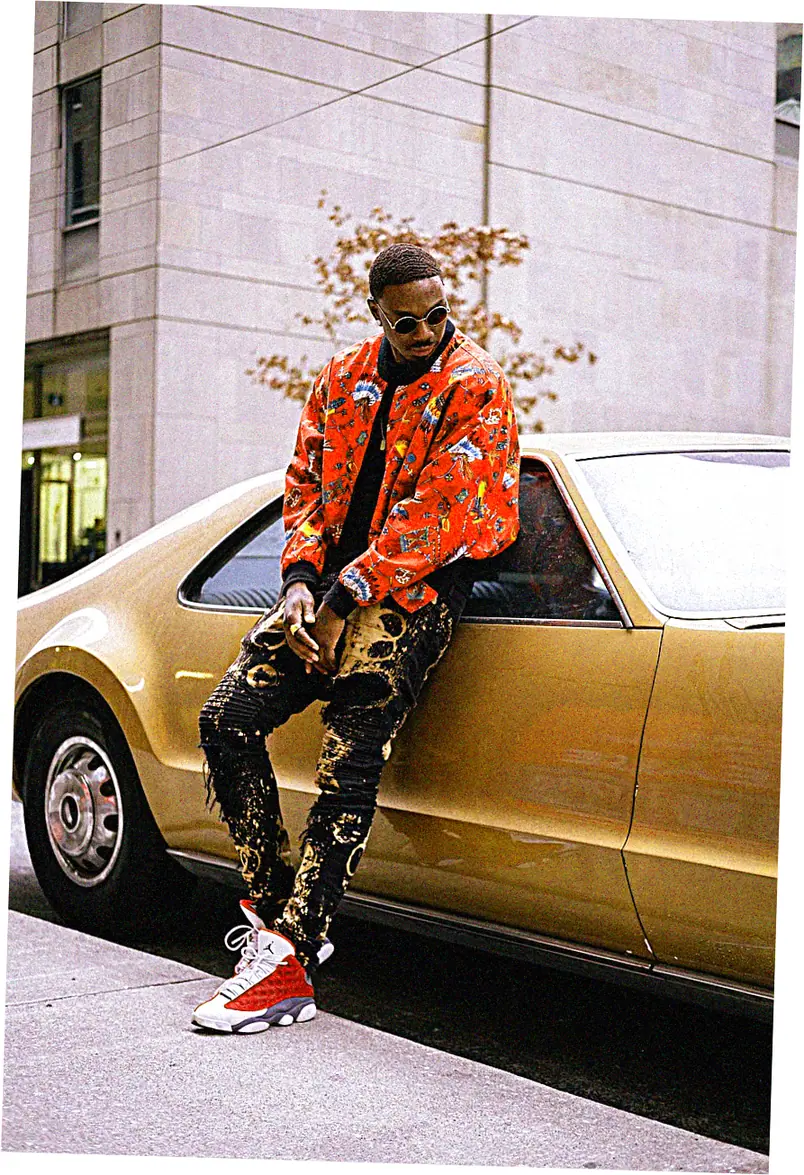
Now, what about real-world use?
Take the manufacturer’s temperature ratings as a rough guide, not a hard rule. I’ve tested a bunch of jackets in cold, wet weather. What I learned is that a jacket’s performance depends on the whole package.
A well-made men’s silent down jacket with 650 fill power can feel warmer than a higher-rated one if it has great features. Think draft-free cuffs, a good insulated hood, and a solid collar.
I always look for adjustable hems and cuffs now. They cut down on heat loss big time, so you’ll actually get the warmth the rating promises.
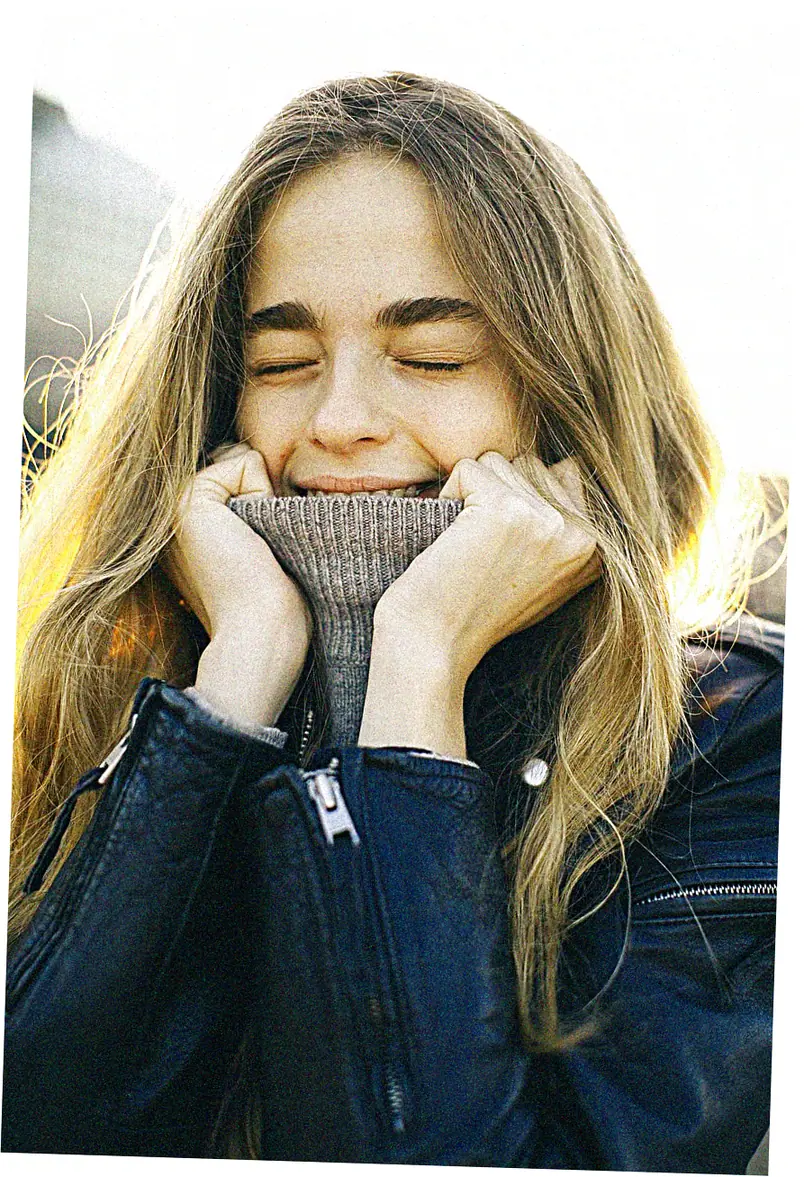
Top Brands and Model Comparisons
Is The 32 Degrees Heat Jacket Worth It?
A lot of guys on a budget ask: is the 32 Degrees Heat Jacket worth it? It’s super cheap, yet it gives you decent warmth for not-too-cold winters and it’s really light.
But the insulation isn’t top-tier—it’s often lower-fill-power down or synthetic, so it won’t cut it in deep freeze like pricier men’s silent down jackets will.
The outer material might not last as long and could start to rustle or make noise later on, which isn’t great if you want a truly silent down jacket. It’s a steal for occasional wear or layering.
But if you need a main, quiet, high-performance winter jacket for men, you’re better off investing in a tougher one from Patagonia, Arc’teryx, or REI Co-op.
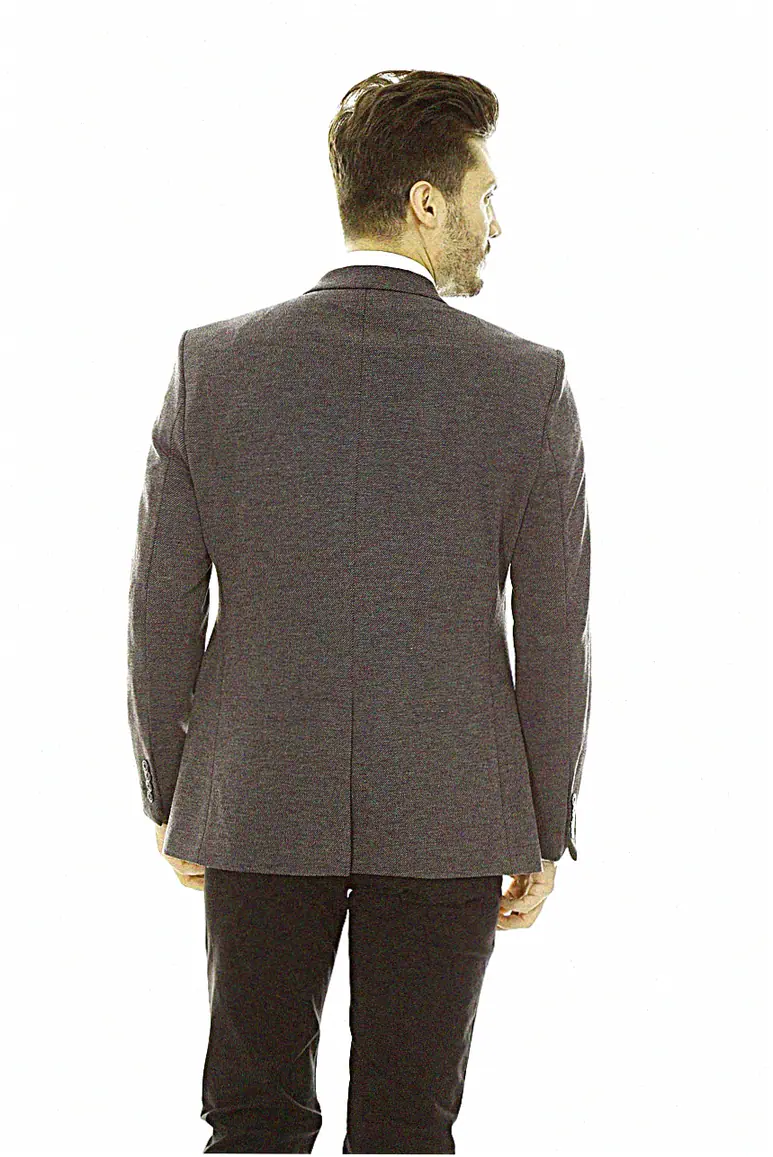
Investment-Worthy Premium Options
Brands like Patagonia and Arc’teryx are the gold standard—they use ethically sourced down, high-tech fabrics, and are built with crazy attention to detail. Their jackets cost more, but they’re made to perform perfectly and last you many seasons.
Take the Patagonia Down Sweater—it’s the go-to for lightweight warmth that’s also silent. Arc’teryx’s Cerium LT is famous for packing down super small and using premium materials.
These jackets have high fill power, smart features like internal pockets, and rock-solid warranties. If you want the best men’s silent down jacket, these are a smart pick.
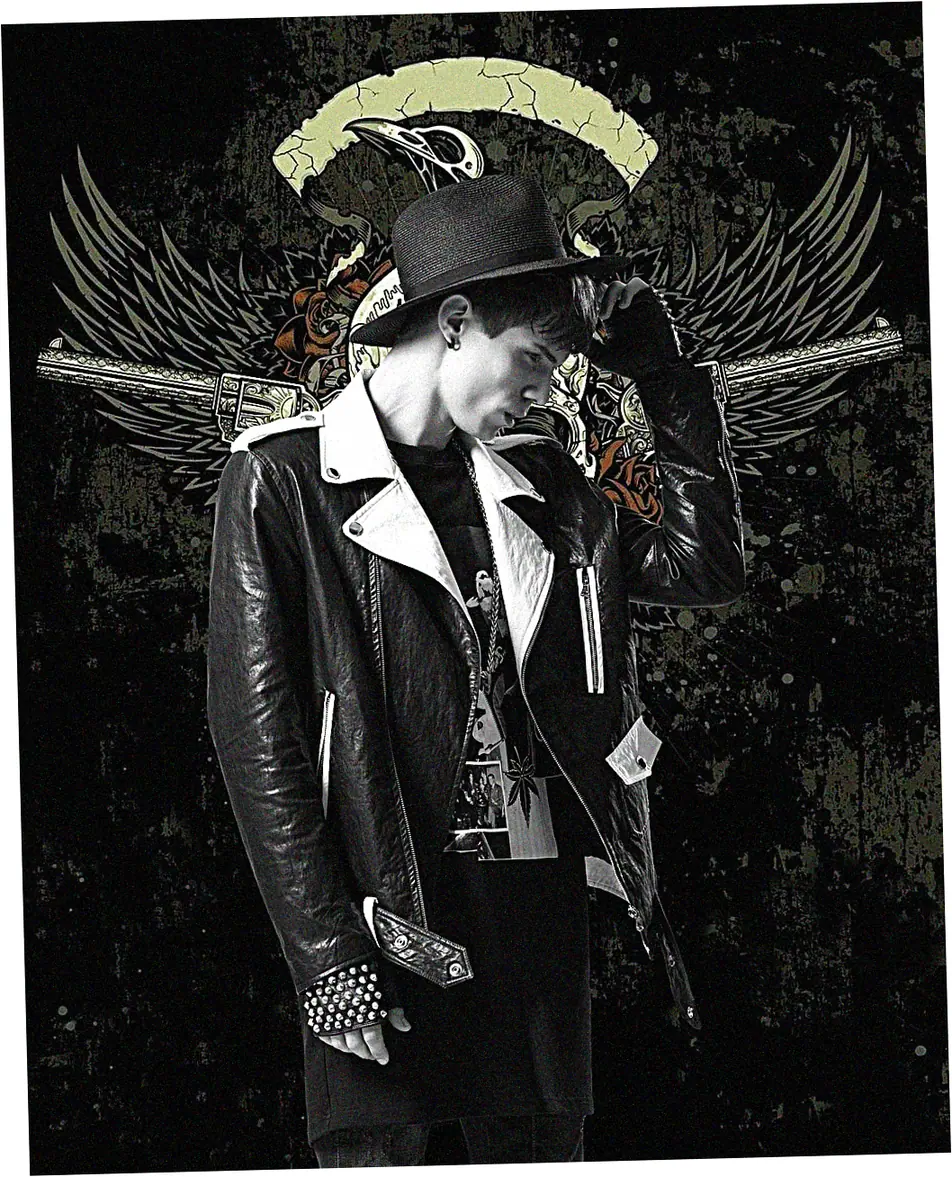
Care and Maintenance for Longevity
Proper Washing and Drying Techniques
Keeping your men’s silent down jacket fluffy and quiet is easier than you’d imagine. Just grab a technical cleaner, like Nikwax Down Wash or Grangers Performance Wash, and toss it in a front-loading washer on the gentle cycle.
Skip harsh detergents and fabric softeners—they’ll strip the down’s natural oils and ruin that DWR coating. Drying it right is super important. Tumble dry on low heat and throw in a couple of clean tennis balls or dryer balls.
It might take a few hours, but it’ll break up any clumps and bring back all that fluff and warmth.
Storage and Minor Repairs
Don’t cram your down jacket away for long—just hang it up in a cool, dry closet to keep it fluffy. When you’re not wearing it, a big cotton storage bag works great. Got a small tear or loose thread?
A tenacious tape patch made for outdoor gear fixes it quick without showing. After washing, just spray on a DWR treatment to keep your jacket waterproof and performing great season after season.
Summary and Final Recommendations
Picking the right men’s silent down jacket? You gotta balance a few things: how quiet it is, how warm it keeps you, the style, and what you get for the price.
Maybe you’re wondering if a long puffer looks good or checking out the REI 650 down jacket’s warmth. The main thing is to match the jacket’s features to what you actually need. Just remember, the best jacket is the one you love wearing daily.
It should be super comfortable without any rustling, keep you reliably warm, and look great on you. Don’t just buy it for that one super cold day. Think about your whole winter routine.
FAQ
What’s the warmest men’s down jacket out there?
For maximum warmth, look for jackets with high fill power—like 800 or more—plus plenty of down filling and baffled construction to avoid cold spots. An insulated hood, snug cuffs, and a longer cut also help a lot in keeping you warm.
How can you make your down jacket quieter?
Go for jackets made with soft materials like polyester taffeta or brushed fabric, not stiff or noisy nylon. Good construction and high-quality down also help reduce rustling sounds inside.
Can a quiet down jacket also be waterproof?
Yes! Lots of them come with a DWR coating that repels water. If you want full waterproofing, find ones with a membrane like Gore-Tex and a quiet outer fabric—though that might make a little more sound.
Is 650 fill power warm enough for winter?
A 650 fill power jacket works well for city winters and activities around -10°C (14°F). If it’s colder, you’re not moving much, or it’s wet, you might want higher fill power or extra layers.
